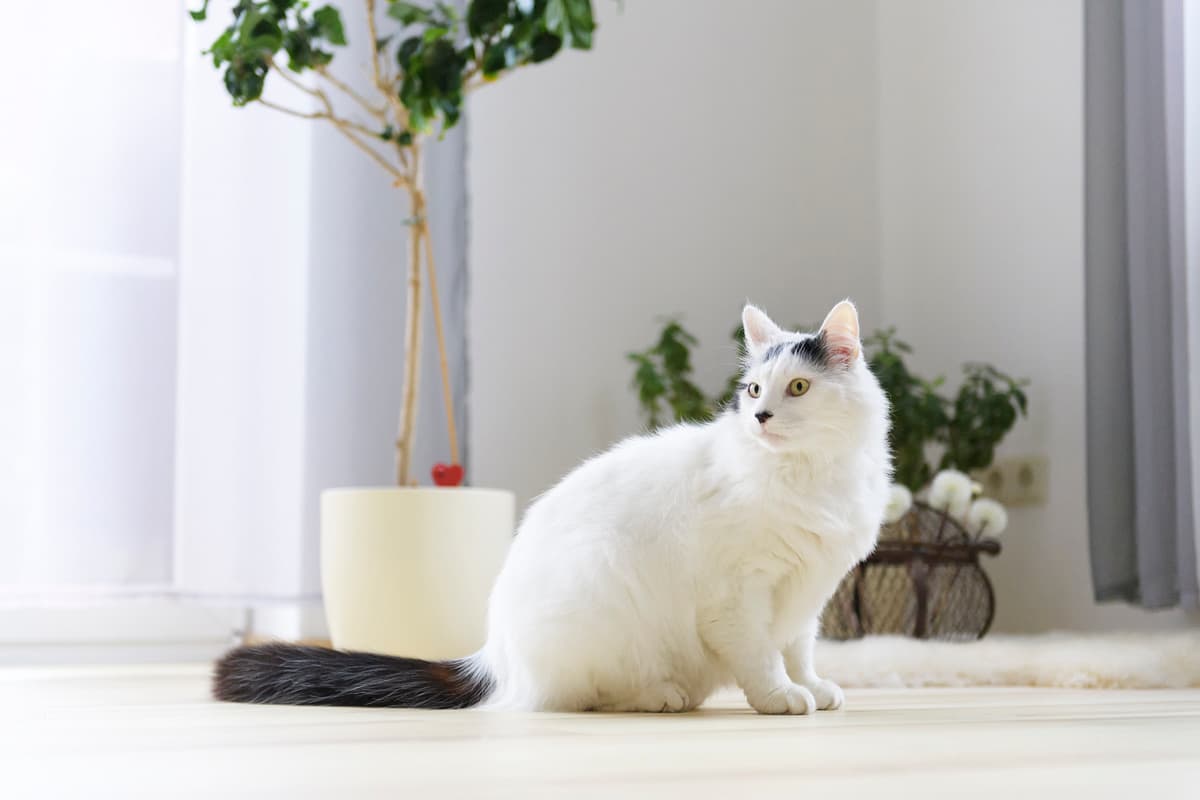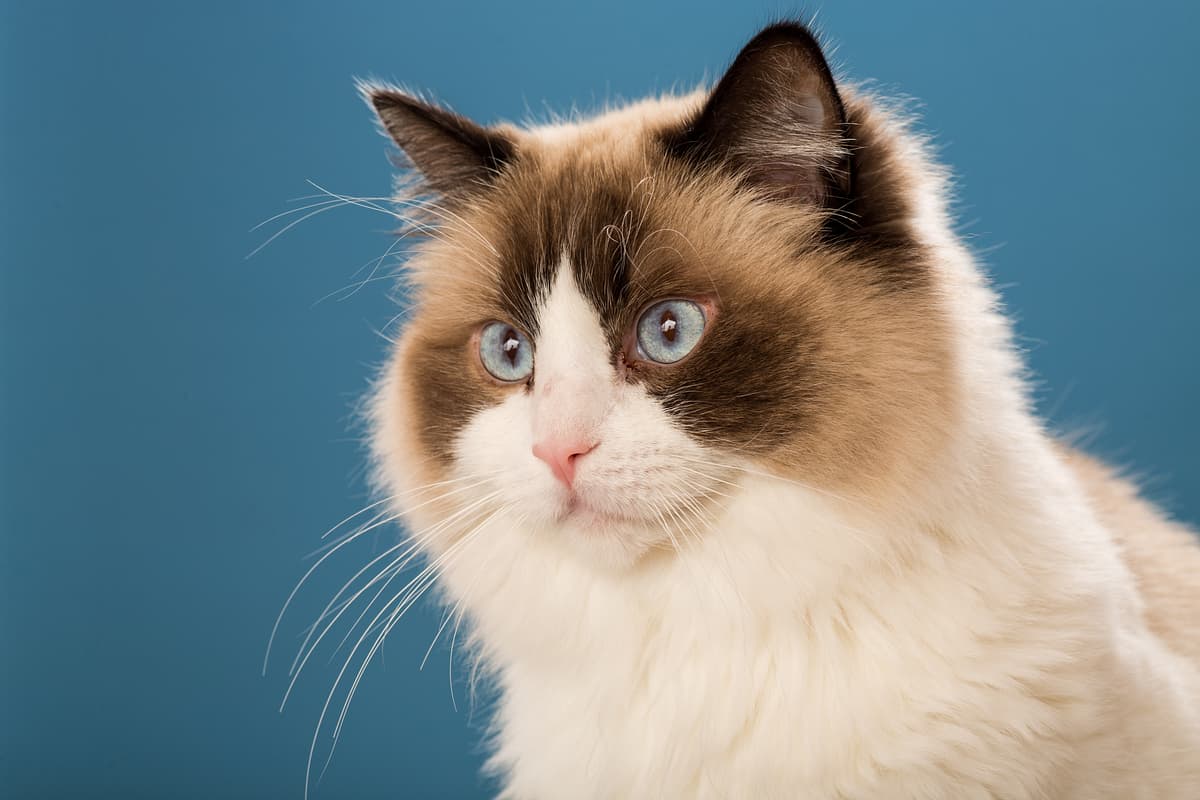Angora vs Ragdoll
Discover the differences between Angora and Ragdoll to make the best choice for your situation.
Try different breeds

Angora
Adaptable, affectionate, and playful, this breed thrives as a loving family companion. Famous for its luxurious double coat and keen intelligence, it charms with gentle loyalty.

Ragdoll
Gentle, affectionate, and known for their striking blue eyes, Ragdolls thrive as loving companions. Their relaxed nature makes them perfect for families and those seeking a calm feline friend.
Quick comparison
Large
5–9 kg
Longhaired, water-resistant
13–16 years
4–7 kg
Moderately active
Large
6–9 kg
Longhaired, silky
12–16 years
4–6 kg
Low activity needs
Personality & behavior
Compare the personality traits and behavioral characteristics of both breeds.
Angora
Enjoys companionship, sociable with family members
Quick learner, solves problems independently
Moderate activity needs, enjoys relaxed routines
Likes games, interactive toys, and gentle fun
Adjusts well to new surroundings and changes
Ragdoll
Affectionate and gentle with people and children
Learns routines and simple tricks quickly
Prefers lounging over frequent active play
Enjoys interactive toys in short sessions
Adjusts well to new environments and changes
Care needs
Exercise, grooming, and daily care requirements
Angora
Hypertrophic cardiomyopathy, glycogen storage disease type IV
Ragdoll
Hypertrophic cardiomyopathy, bladder stones
Suitability
How well each breed fits different living situations and families
Angora
Good option
Gentle, adaptable nature makes them manageable for most new owners
Needs space
Prefers room to climb and explore, may feel cramped in small apartments
Highly suitable
Enjoys play and interaction, fitting well with energetic households
Family friendly
Tolerant and patient, generally does well with respectful young children
Gets along well
Usually sociable with other pets when properly introduced
Not ideal
Can become lonely or bored if left alone for extended periods
Ragdoll
Highly suitable
Gentle temperament and easygoing nature make Ragdolls easy for beginners to manage
Perfect fit
Ragdolls adapt well to smaller spaces and are generally quiet and calm indoors
Not ideal
They are not especially energetic and may not match fast-paced or highly active lifestyles
Great choice
Their tolerant and patient nature makes them safe companions for families with young children
Very friendly
Ragdolls are sociable and typically get along well with other pets in the household
Prone to anxiety
They dislike being left alone for long periods and may develop stress or behavioral issues
Breed strengths
What each breed excels at and their best qualities
Angora
- Adaptable to various home environments
- Affectionate without being overly demanding
- Strong climber with agile movement
- Low tendency toward destructive behavior
- Thick coat provides natural weather protection
Ragdoll
- Gentle and calm temperament
- Tolerant of handling and children
- Typically gets along with other pets
- Low tendency for aggression or scratching
- Affectionate and enjoys human company
Challenges & considerations
Potential challenges and considerations for each breed
Angora
- Needs regular grooming to prevent matting
- Prone to dental and gum issues
- May become overweight without exercise
- High prey drive may affect small pets
- Shy or reserved with unfamiliar people
Ragdoll
- Prone to certain genetic heart conditions
- Requires regular grooming for long coat
- May develop obesity without exercise
- Slow to mature, both physically and emotionally
- Not suited for unsupervised outdoor life
Ready to choose your perfect breed?
Learn more about each breed or compare other breeds to find the perfect match for your lifestyle.
Discover more helpful tools
Make use of our other free tools to get the most out of your pet experience
